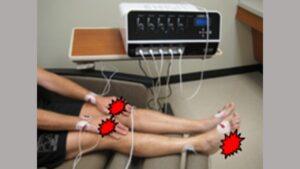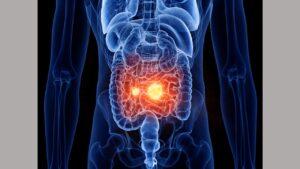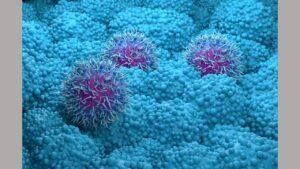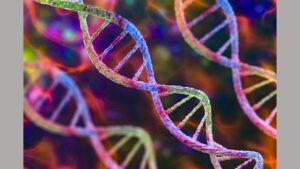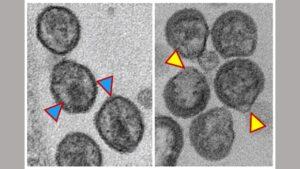A new review paper co-authored by two Johns Hopkins pain experts suggests that scrambler therapy, a noninvasive pain treatment, can yield significant relief for…
Novel blood testing technology being developed by researchers at the Johns Hopkins Kimmel Cancer Center that combines genome-wide sequencing of single molecules of DNA shed from tumors…
Can be used to determine survival New research in colorectal cancers directed by investigators at the Johns Hopkins Kimmel Cancer Center suggests that expression of…
Credit: Adobe Stock image of pancreatic cancer cells Giving patients with operable pancreatic cancers a three-pronged combination immunotherapy treatment consisting of the pancreatic cancer vaccine…
Register for the 2023 Henrietta Lacks Memorial Lecture Join us in honoring the legacy of Mrs. Henrietta Lacks, Saturday, October 7 at 10:00 am. This…
The immune system’s ability to send its army of immune cells to the right location with the right level of response is key to the…
Study findings show human IL-6, a well-defined inflammatory protein, causes widespread frailty symptoms in otherwise healthy adult male mice Credit: Getty Images Researchers at the…
Studies focus on blocking an enzyme that plays a crucial role in replication of the HIV-1 virus Electron microscopy images of mature HIV particles (blue…
Credit: Getty Images In a study led by Johns Hopkins Medicine, in collaboration with Yale School of Medicine, researchers have identified a biomarker found via…
Tests in mice with melanoma and colon cancer show tiny particle creates an “army” of immune cells that carry vaccine’s instructions, researchers say. Credit: Getty…

